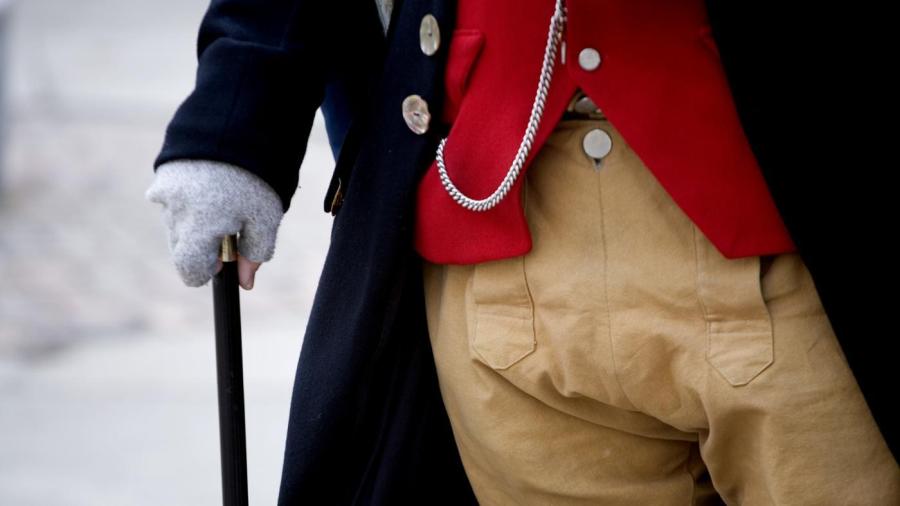What Is the Life of a Colonial Baker?

The lives of colonial bakers began early in the day, as did that of other preparers of food, and it revolved upon proper time management and the usage of fresh ingredients. While the colonial diet consisted of a number of sources for starch and grain, baked goods were especially common.
Of all the baker’s responsibilities, managing the fire was likely the most important. Most ovens were made of clay or brick, so the fire had to burn for hours before the inside was brought up to proper temperature. This meant that the fire was lit very early in the morning. Once it was hot enough, the oven was swept clean and a base put down to protect the bottom of the bread from burning; this was often cabbage or oak leaves.
The noon meal was typically the most important during colonial days, so all breads and other baked goods had to be done by then. Afterward, leftovers from that meal provided people with their dinner and breakfast for the following morning. Essential baking ingredients during colonial times were flour, water, yeast and salt. To jazz up baked goods, people could use assorted fruits, spices or available nuts. Even herbs were added for a more savory flavor.
The kitchen was usually the warmest place in the house. This meant, in winter, bakers had the advantage of being close to the fire. In summer, however, and in warmer climates, the heat could grow unbearable. According to University of Maryland Professor Michael Olmert, “If kitchens were difficult places to live in, they were as demanding to work in.”
In wealthier households, slaves often did the baking, as well as all the other cooking, sometimes in exterior kitchens built apart from or in the cellar of the main house. Perhaps fittingly, these were commonly called slave kitchens.





